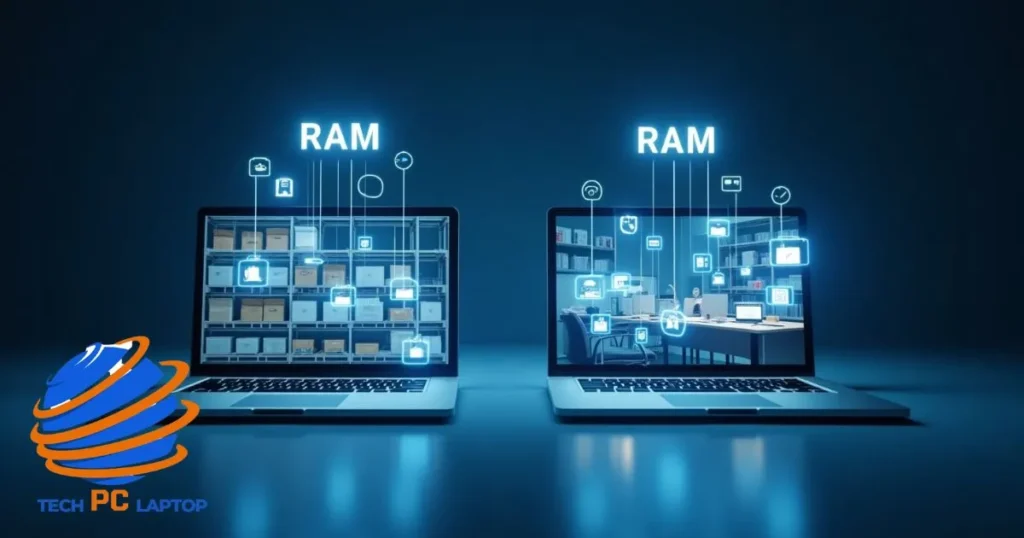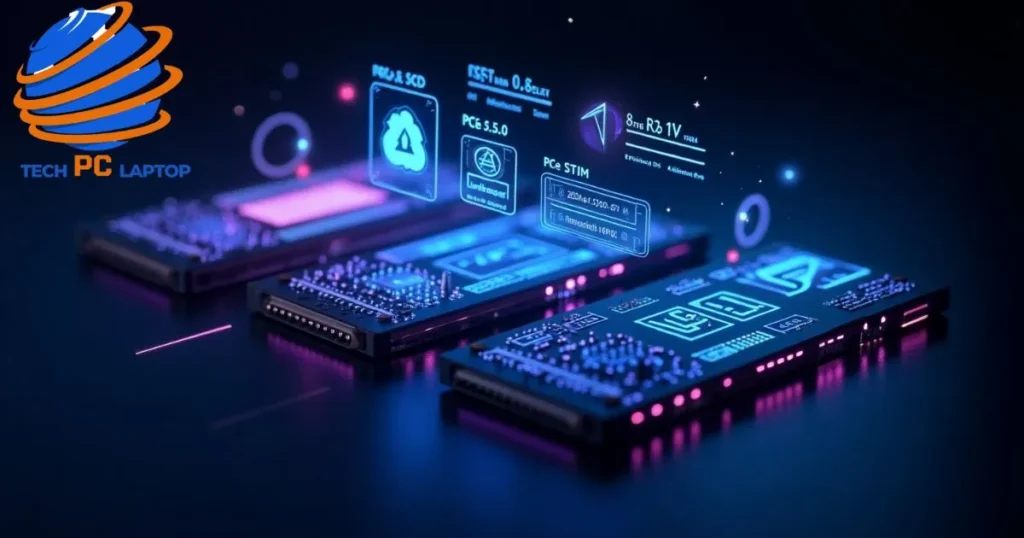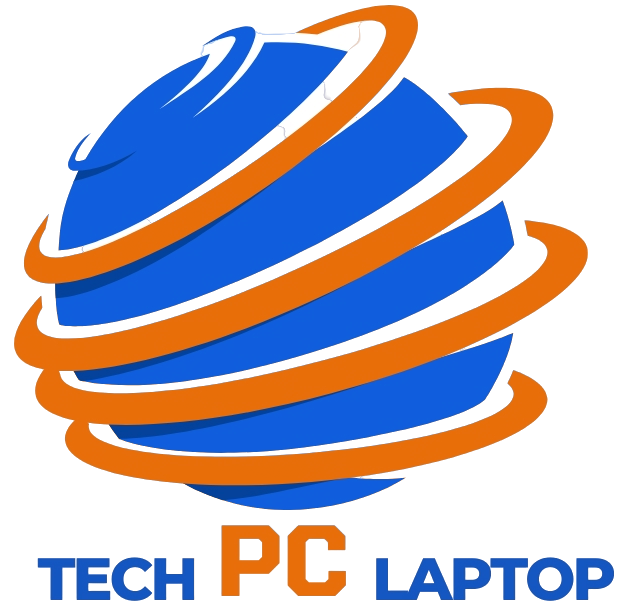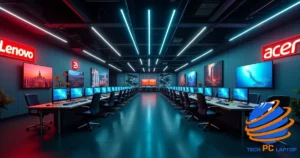In today’s digital world, storage capacity decisions can make or break your laptop experience. Whether you’re a student managing assignments, a professional handling business documents, or a content creator working with large media files, selecting the right amount and type of storage is crucial. This comprehensive guide will help you navigate the complexities of laptop storage, ensuring you make an informed decision that meets your needs without breaking the bank.
Understanding Storage vs. RAM (They’re Not the Same!)

Before diving into storage options, let’s clear up a common misconception. Many people confuse storage with RAM (Random Access Memory), but they serve entirely different purposes:
- Storage: Your laptop’s long-term memory where files, programs, and the operating system reside even when powered off
- RAM: Temporary memory that handles active tasks and multitasking; clears when you shut down
“Think of storage as your laptop’s filing cabinet, while RAM is your desk workspace. You need enough of both, but for different reasons.” – Tech expert John Chambers
Here’s a quick reference chart to understand the difference:
| Feature | Storage (HDD/SSD) | RAM |
| Purpose | Long-term data storage | Short-term data processing |
| Persistence | Retains data when powered off | Clears when powered off |
| Typical Capacity | 256GB – 4TB | 8GB – 64GB |
| Impact on Performance | Affects file access and boot times | Affects system responsiveness and multitasking |
| What happens if full | System slows, cannot save new files | Programs crash, system freezes |
Essential Storage Considerations for Your Next Laptop

Modern Storage Technologies Explained
When choosing acer laptop storage, you’ll encounter several technologies:
NVMe SSDs vs. SATA SSDs vs. HDDs
- NVMe SSDs: The fastest modern storage option, connecting directly to the PCIe bus
- SATA SSDs: Older but still speedy solid-state technology using the SATA interface
- HDDs: Traditional spinning disk drives offering more capacity at lower prices
Here’s how they compare in real-world performance:
| Storage Type | Sequential Read Speeds | Sequential Write Speeds | 4K Random Read | Price per TB |
| NVMe SSD | 3,000-7,000 MB/s | 2,000-5,000 MB/s | 50-70 MB/s | $80-120 |
| SATA SSD | 500-600 MB/s | 450-550 MB/s | 30-40 MB/s | $70-100 |
| HDD (7200 RPM) | 80-160 MB/s | 80-160 MB/s | 0.5-2 MB/s | $20-40 |
Next-gen storage technologies worth watching include PCIe 5.0 SSDs (expected to reach 14,000 MB/s read speeds), QLC NAND with improved endurance, and cloud storage integration directly at the hardware level.
Storage Types Compared: Pros, Cons, and Real Performance
Hard Disk Drives (HDD)
Advantages:
- 💰 Exceptional cost-effectiveness ($0.02-0.04 per GB vs. $0.10-0.25 for SSDs)
- 📊 Higher maximum capacities (up to 22TB for external drives)
- 🕰️ Proven reliability for long-term data backup and cold storage
- ♾️ No practical write cycle limitations
Disadvantages:
- ⏱️ Significantly slower boot times (30-60 seconds vs. 10-20 for SSDs)
- 🔋 Greater power consumption (7-15W vs. 2-5W for SSDs)
- 💥 Vulnerability to physical shock and vibration
- 🔊 Noticeable noise during operation (especially in budget laptops)
- 📏 Larger size and weight impact on laptop design
Solid State Drives (SSD)
Advantages:
- ⚡ Dramatically faster performance (5-10x quicker file access)
- 🤫 Silent operation (no moving parts)
- 🔋 Lower power consumption (extending battery life by 30+ minutes)
- 💪 Superior physical durability (resistant to drops and bumps)
- 📏 Smaller form factors enabling thinner laptop designs
Disadvantages:
- 💰 Higher cost per TB (though prices have dropped significantly)
- 🔄 Limited write cycles (though modern SSDs last 5-10 years for typical users)
- 🚑 More challenging data recovery if failure occurs
- 💾 Typically maxes out at 4TB in consumer laptops (vs 8TB for HDDs)
Hybrid Storage Solutions
For users wanting the best of both worlds, hybrid storage solutions offer compelling options:
- Dual-drive setups: A small SSD (256GB-512GB) for the operating system and applications, paired with a larger HDD (1TB-4TB) for data storage
- SSHDs (Solid State Hybrid Drives): Combining a small SSD cache with traditional HDD capacity
- Cloud integration: Using local SSD storage supplemented by online storage services like Google Drive, iCloud, or Dropbox
- External expansion: Primary internal SSD with external HDD for backup or less-frequently accessed files
Matching Storage to Your Computing Needs

Realistic Assessment of Your Storage Requirements
Before choosing a storage configuration, audit your current usage patterns:
- Check your existing computer’s storage utilization
- Identify your largest file categories (photos, videos, games, etc.)
- Project your needs for the next 3-5 years (laptop’s typical lifespan)
Here’s a helpful reference for common file sizes:
| File Type | Approximate Size |
| Word document | 0.1-10MB |
| Smartphone photo | 2-8MB |
| RAW photo | 20-50MB |
| 1080p movie (2 hours) | 4-8GB |
| 4K movie (2 hours) | 15-30GB |
| Modern AAA game | 50-150GB |
| Windows 11 OS | 25GB (minimum) |
| macOS Sequoia | 35GB (minimum) |
The surprising truth: Most mainstream users (excluding gamers and content creators) rarely use more than 250-350GB of storage, with many utilizing under 200GB. However, future-proofing is important as file sizes continue to grow.
Usage Scenarios and Recommended Configurations
Academic/Student Needs
Students have diverse storage requirements based on their field of study:
- General Studies: 256GB SSD (sufficient for Microsoft Office Suite, PDF documents, and basic applications)
- Design/Art: 512GB-1TB SSD (for design software and project files)
- Engineering/Architecture: 1TB SSD or hybrid setup (for CAD files and simulation data)
- Film/Media: 1TB-2TB SSD or hybrid setup (for video projects and editing)
“I recommend students invest in a quality 512GB SSD rather than a cheaper 1TB HDD. The performance difference transforms the educational experience.” – University IT Director Sarah Johnson
For students on tight budgets, a 256GB SSD paired with cloud hosting services like Google Drive (which offers free storage for students at many institutions) provides an excellent balance.
Business and Professional Use
Professional storage needs vary significantly by industry:
| Industry | Recommended Storage | Key Considerations |
| General Office | 512GB SSD | Emphasis on reliability and quick boot times |
| Finance/Accounting | 1TB SSD | Local storage of sensitive client data, database software |
| Sales/Marketing | 512GB-1TB SSD | Presentation files, marketing assets, CRM data |
| Legal | 1TB+ SSD | Document management systems, case files, research materials |
| Healthcare | 1TB+ SSD with encryption | Patient records, imaging files, regulatory compliance |
Security considerations are paramount for business laptops. Many industries require:
- Full-disk encryption
- Regular backup systems
- Compliance with data protection regulations
Gaming Laptops
Modern games demand substantial storage space. Here are recent examples:
- Call of Duty: Warzone (120GB+)
- Microsoft Flight Simulator (150GB+)
- Red Dead Redemption 2 (150GB)
- Cyberpunk 2077 (70GB)
For serious gamers, I recommend:
- Primary storage: 1TB NVMe SSD minimum
- Expansion options: External drive support or upgradable storage
- Consider: 2TB configurations for large game libraries
Storage speed impacts: NVMe SSDs can reduce loading times by 60-80% compared to HDDs in modern games, dramatically improving the gaming experience.
Content Creation
Content creators face the most demanding storage requirements:
Video Editing:
- 4K footage: Approximately 30GB per hour of raw footage
- Working projects: Require 5-10x the final output size in temporary space
- Recommendation: 2TB+ SSD with external archive solution
Photography:
- High-resolution images: 50MB+ per RAW file
- Typical professional shoot: 32-128GB per project
- Recommendation: 1TB SSD minimum with reliable backup system
Audio Production:
- Multi-track projects: 1-5GB per project
- Sample libraries: 100GB-1TB depending on complexity
- Recommendation: 1TB SSD for active projects, external storage for samples
Budgeting for Storage: Making Smart Investments

Price-to-Performance Analysis
Storage costs vary significantly based on technology and capacity:
| Storage Type | 512GB | 1TB | 2TB | 4TB |
| HDD | $30-40 | $45-60 | $70-90 | $100-120 |
| SATA SSD | $50-70 | $90-120 | $170-220 | $350-450 |
| NVMe SSD | $70-100 | $120-180 | $220-300 | $450-600 |
When to splurge:
- Operating system drive (always choose SSD)
- Primary work drive for professionals
- Gaming installation drive
When to save:
- Secondary storage for documents
- Backup drives (reliability matters more than speed)
- External expansion drives
Upgrade Considerations
Not all laptops offer the same upgrade potential:
- Business laptops typically offer the best upgrade options
- Ultrabooks often trade upgradeability for thinness
- Gaming laptops usually provide accessible storage bays
Before purchasing, research:
- Number of storage slots (M.2, SATA, etc.)
- Maximum supported capacity
- Warranty implications of upgrades
External storage solutions worth considering:
- Portable SSDs (500MB/s-1000MB/s transfer speeds)
- High-capacity external HDDs (best value for backups)
- NAS systems for home/small office environments
Expert Recommendations for 2025

Best Storage Configurations by Price Point
Budget-Friendly Options ($500-$800 laptops)
- Minimum viable: 256GB SSD
- Recommended: 512GB SSD
- Budget hack: 256GB SSD + external HDD for additional storage
Mid-Range Recommendations ($800-$1500)
- Standard: 1TB SSD (preferably NVMe)
- Ideal for most users: 512GB NVMe SSD + 1TB HDD
- Alternative: 512GB-1TB SSD with cloud storage subscription
High-End Storage Solutions ($1500+)
- Performance users: 2TB NVMe SSD
- Content professionals: 1TB NVMe SSD + 2TB SSD/HDD + external RAID
- No-compromise setup: 4TB NVMe SSD in RAID configuration (specialized laptops)
Future-Proofing Your Purchase
To ensure your storage remains adequate throughout your laptop’s lifespan:
- Choose expandability: Select models with multiple storage slots
- Start higher than needed: Add 50% to your current requirement estimate
- Plan your expansion: Research compatible upgrade options before purchasing
- Consider cloud integration: Services like OneDrive and Google Drive continue to become more seamless
Emerging technologies to watch:
- PCIe 5.0 SSDs (14GB/s+ speeds)
- New 3D NAND technologies enabling higher densities
- Computational storage that offloads processing to the drive itself
FAQs: Real Questions from Real Users
Q: How much storage do I really need for college?
A: Most students can manage with 512GB, but check with your department. Engineering, design, and media students may need 1TB or more for specialized software and projects.
Q: Can I upgrade my laptop’s storage later?
A: It depends on your laptop model. Business-class laptops and gaming systems usually allow upgrades, while ultrabooks and MacBooks typically don’t. Check your specific model’s service manual before purchasing.
Q: Is cloud storage a replacement for physical storage?
A: For some users, yes. If you have consistent internet access and work primarily with smaller files, cloud storage can replace some physical storage. However, for large files, gaming, or professional work, local storage remains essential.
Q: What’s the minimum storage needed for Windows 11/macOS Sequoia?
A: Windows 11 requires at least 64GB, but 128GB is the practical minimum. MacOS Sequoia needs 35GB just for installation, so 128GB is also the realistic minimum there. However, I strongly recommend 256GB minimum for either OS to accommodate updates and essential applications.
Related Resources
For more information on managing and optimizing your laptop storage, check out these resources:
- How to Upgrade Your Laptop’s Storage
- Best Backup Solutions for Laptops
- Optimizing Windows Storage with Storage Sense
- Understanding NVMe Technology
Conclusion: Balancing Present Needs with Future Requirements
Choosing the right storage capacity involves balancing immediate requirements with future needs. In 2025, I recommend:
- Minimum storage for any new laptop: 512GB SSD
- Standard configuration for most users: 1TB SSD or 512GB SSD + 1TB HDD
- Professional recommendation: 1TB-2TB NVMe SSD with external backup solution
Remember that storage type impacts performance more dramatically than many other specs. An SSD-equipped budget laptop will often feel faster in everyday use than a more expensive model with an HDD.
By understanding your specific needs, the technologies available, and the real-world impact of different storage configurations, you can make an informed decision that enhances your computing experience without unnecessary expense.
What storage configuration is right for you? The answer depends on your specific usage patterns, budget constraints, and future plans. But with this guide, you’re now equipped to make that decision with confidence.












